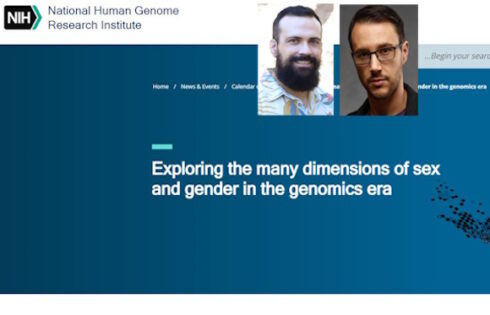Not all “free” tuition proposals are equally bad. Some actually get closer to their intended purpose of helping students who otherwise couldn’t afford college go to college.
Writing in RealClearEducation, the Manhattan Institute’s Beth Akers says Michigan’s new plan to give full scholarships to some students to attend the University of Michigan comes closest to hitting the mark.
A critic of then-Democratic presidential candidate Hillary Clinton’s college plan because it would subsidize students who didn’t need financial help, Akers says Michigan’s plan is better targeted and simpler than the statewide program recently launched in New York:
First, the new free-tuition scholarship is aimed at low-income students. Eligibility for the new scholarship phases out at a level of household income of $65,000, which is approximately the median household income in the state. This is far more progressive than other recent proposals that deliver benefits much further up the income distribution. For instance, the eligibility threshold in New York State’s new plan is more than twice the median household income in the state.
Akers also criticizes the New York plan and a similar “teacher education” federal program for their “clawback provisions” that convert grant money to loans “when students fail to satisfy some predetermined conditions”:
A huge problem in higher education in the United States is the complexity of our student financial aid system. Many worry that the complexity of the federal student aid system is a barrier for getting the neediest students into college. Even students who do manage to enroll demonstrate low levels of financial literacy.
The Michigan plan sends “the message that college is free for less well-off families without simultaneously increasing benefits unnecessarily for the rich,” and because it only affects a single campus, it can be better studied, says Akers, co-author of Game of Loans: The Rhetoric and Reality of Student Debt:
First, policymakers don’t have to oversell the benefits of the program in order to get political buy-in for a big price tag. That means that they’ll be free to assess the efficacy of the program and make changes as necessary, without reneging on promises made during the initial campaign to gin up support for the program. It also means that researchers will be able to accurately measure the impact of the program.
Any other states considering a college subsidy should follow Michigan’s lead, targeting relief to low-income students, not attaching onerous restrictions and keeping the program small enough to intelligibly study, she says.
Like The College Fix on Facebook / Follow us on Twitter
Like The College Fix on Facebook / Follow us on Twitter




Add to the Discussion